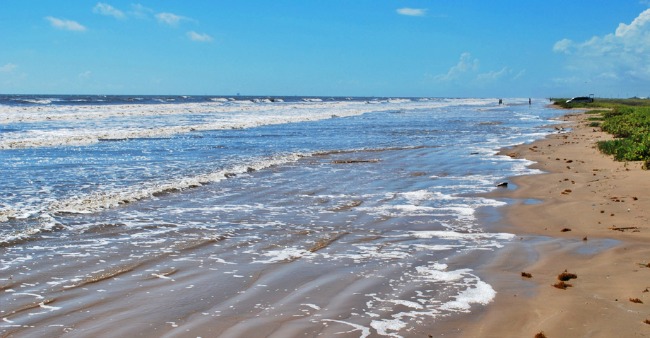Freshwater inflows mix with saltwater from estuaries. The rate of mixing depends on the volume, the salinity, and the tidal action of the estuary and the amount of freshwater. Decreases in freshwater inflow cause changes in the extent of the mixing area of the estuary and greater stratification. Stratification occurs when fresh water rises above the saltwater and creates a salt wedge. Decreases in freshwater inflows can also cause the salt water to move upstream. This shifting affects the distribution of both rooted vegetation and sessile organisms. One example of species changing distribution with decreased freshwater inflow is the upstream movement Spartina, a common cordgrass species that has been linked to long term increases in salinity in both Delaware River and Chesapeake Bay (Schuyler et al. 1993; Perry and Hershner 1999). Upstream movement of saltwater can alter intertidal habitats that normally exist under low salinity conditions. Benthic organisms that move upstream with the saltwater may be introduced to unfavorable new conditions (Alber 2002). Other studies have linked changes in river flow to changes in migration patterns, spawning habitat, and fish recruitment (Drinkwater and Frank, referenced in Alber 2002).
